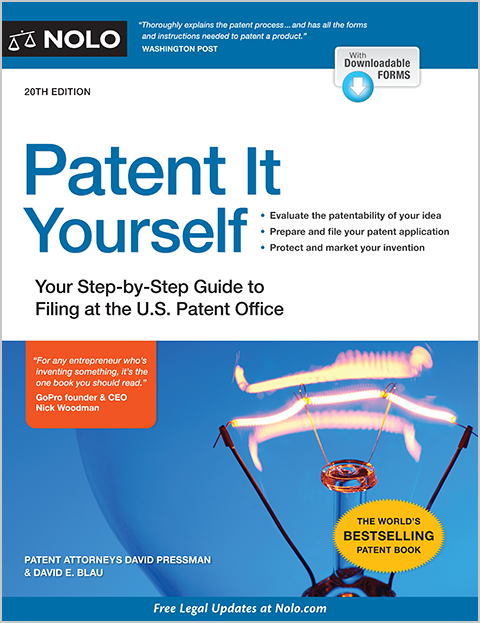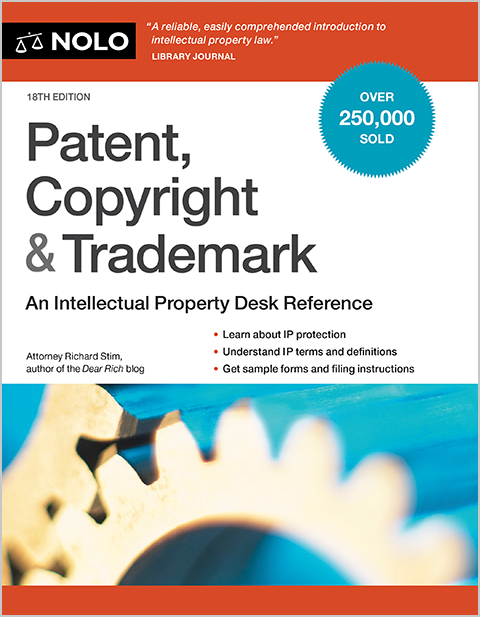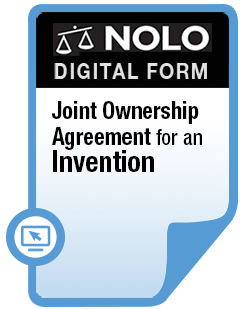Courts consider actual and statutory damages when making an award in a case that proved copyright infringement.
Under the Copyright Act of 1976, creators like you are given certain exclusive rights to reproduce and sell your works. When these rights are infringed, you can sue the person who used your work without permission and, if successful, be awarded money damages. In this way, copyright law can serve to compensate you for a third-party's wrongful infringement of your work.
Let's imagine that you are an illustrator, and you make your living by selling and reprinting your artwork. One day, you discover that someone has taken one of your original drawings and reproduced it on T-shirts and posters, which are being sold online, all without your permission. You are sufficiently upset, not to mention affected financially, that you file a lawsuit.
How would the court determine your monetary damages in this situation? Money damages in copyright infringement actions are commonly awarded under some combination of three legal theories:
- actual damages
- profits, and
- statutory damages.
Like all litigation, copyright litigation is both time-consuming and expensive. Before you decide to find a copyright attorney and file a lawsuit, it's helpful to understand these three categories of damages, so that you can evaluate your potential recovery.
Awards of Actual Damages in a Copyright Infringement Case
Sometimes known as compensatory damages, "actual damages" consist of the dollar amount of any demonstrable loss the copyright owner suffered as a result of the infringing activity. This loss may be from lost sales, lost licensing revenue, or any other provable financial loss directly attributable to the infringement.
Federal law (17 U.S.C. § 504(b)) provides: "The copyright owner is entitled to recover the actual damages suffered ... as a result of the infringement, and any profits of the infringer that are attributable to the infringement and are not taken into account in computing the actual damages. In establishing the infringer's profits, the copyright owner is required to present proof only of the infringer's gross revenue, and the infringer is required to prove his or her deductible expenses and the elements of profit attributable to factors other than the copyrighted work."
In the example above, your actual damages would be your lost revenue as a result of the infringer taking your painting and reproducing it on T-shirts. These calculations are imperfect, of course; you could argue that your sales decreased by a certain percentage during the period that the infringer was selling the T-shirts, though such causation is not always clear.
Usually, plaintiffs in infringement actions offer expert testimony to establish their actual financial damages to the court.
Awards of Infringer's Profits
This second form of copyright damages consists of any money the infringer earned as a result of the infringement. These damages are awarded only if they exceed the amount of profits lost by the copyright owner (actual damages) as a result of the infringement.
For example, imagine that a book on self-defense, authored by Susan, contains a practical chapter on how to purchase and care for a handgun. Rachel also writes a book on self-defense and substantially "borrows" from Susan's chapter on handguns without first obtaining her permission. Rachel has infringed Susan's copyright over her original writing.
A court could award Susan actual damages if Susan proves that she lost sales of her book because people bought Rachel's book instead, at least in part because of the handgun chapter. Alternatively, if Susan has licensed chapters of her books to other authors, the amount she typically receives for such licensing could be her actual damages. In addition, the court could award Susan any profits that Rachel realized from the infringement to the extent such profits exceeded the amount of Susan's lost profits.
Awards of Statutory Damages in a Copyright Infringement Case
In many copyright cases, both actual damages and profits are difficult to prove. How do you really know how many T-shirts you would have sold, or how much money you lost, as a result of someone's infringement? At best, the numbers are murky.
For that reason, the Copyright Act provides for a third category, known as statutory damages—that is, specific monetary damages set by law. However, only a person who has registered a work with the U.S. Copyright Office before the infringement (or within three months of publication) may receive statutory damages.
Such a plaintiff in an infringement action may opt for either actual damages (and the infringer's profits, if appropriate) or statutory damages, but not both. It is often said that copyright plaintiffs must "elect their remedy."
Statutory damages are explained in 17 U.S.C. § 504(c). For infringements that cannot clearly be proven as either innocent or willful, statutory damages may be from $750 to $30,000 per infringement. The exact amount depends on the seriousness of the infringing act and the financial worth of the infringer.
On the other hand, an innocent infringer may have to pay as little as $200, while an intentional infringer may have to pay as much as $150,000 for a single infringement of one work.
In short, statutory damages provide a clearly defined remedy for victims of infringement without the murkiness and uncertainty of the first two categories of damages.
Talk to a Lawyer
Need a lawyer? Start here.
How it Works
- Briefly tell us about your case
- Provide your contact information
- Choose attorneys to contact you
- Briefly tell us about your case
- Provide your contact information
- Choose attorneys to contact you



